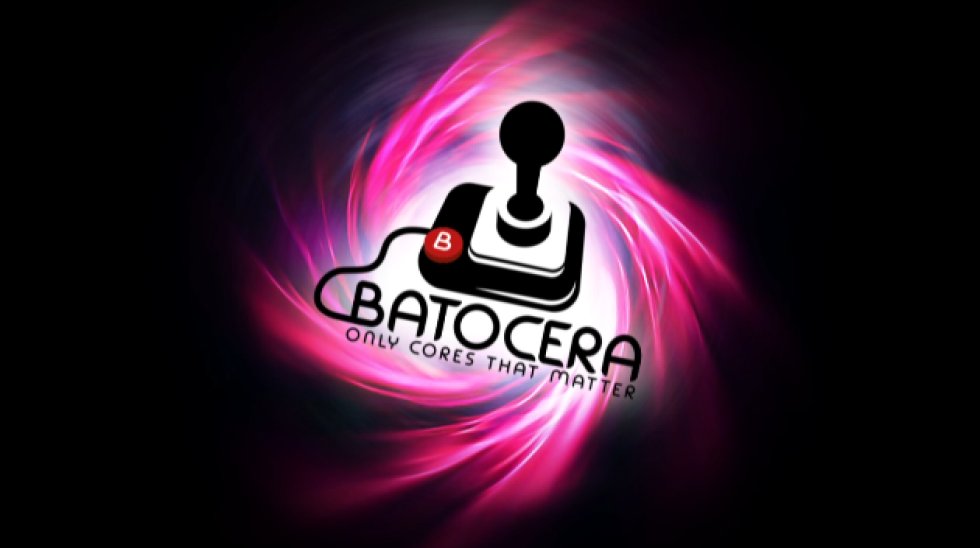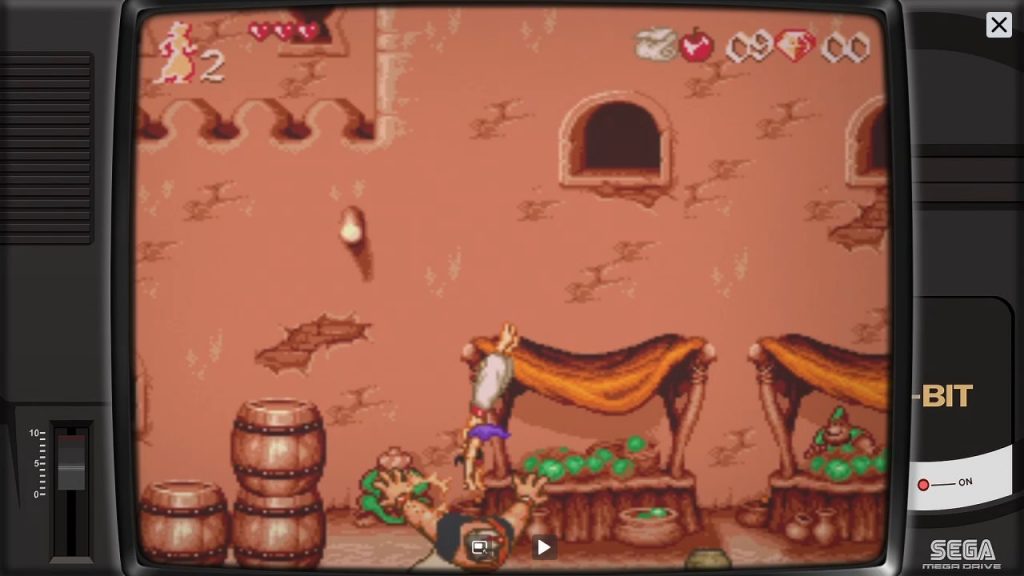Middle Ages vs. modern times
The year is 2021 and, of course, each of us has long been accustomed to having an abundance of all IT-relevant key data. The hard drive capacity is inexhaustible, the image is conjured up by a dedicated GPU, the computing is done by a powerful multi-core CPU and if the RAM is no longer sufficient, you simply add a bar. Easy. But it is not so easy with ready-made single board computers, because there is almost no expandability. Sure, you have the standardized interfaces like Ethernet and USB.
Expandable RAM or even a dedicated GPU is almost impossible to find. However, our desire for the perfect living room console offers other pitfalls that we may not be aware of until it’s too late. What about WLAN for data transmission? Media center? Bluetooth controller? Of course, our retro console also wants to be fed with data and input and this should happen as quickly and reliably as possible. Those who hate Linux (like me, please don’t stone me, but I’m a Windows kid through and through), on the other hand, will have to do a bit of work themselves, depending on the console requirements. A lot of this is done through the terminal, so there’s not much bling-bling and shiny user interface, no, you can feel like a real hacker!
Alright, we’ve got an introductory overview of the hardware now, but how does it all get filled with intelligence? Let’s move on to the most common operating systems.
Operating systems
The pre-built classic retro gaming operating systems can be downloaded from the publishers’ sites, depending on the SBC, and are then brought into the computer as an image on an SD card. Turn it on, the system installs, add games and let’s rumba! But which distribution is the right one for me?
The classic: RetroPie
RetroPie is a distribution based on Raspbian and uses EmulationStation (ES) as frontend, the emulation kernels (programs) are controlled by RetroArch. RetroPie has good documentation, large community, runs well on Raspberry Pi boards and offers advanced handling for more experienced users. Further program modules such as drivers for Bluetooth controllers can be installed in admittedly ugly pseudo menus, but conveniently and online. It’s a solid operating system that provides the retro gamer with everything they need to get into the time machine quickly and efficiently (preferably with a Raspberry). Some configuration settings might be confusing or impossible to find for beginners, but if you like Plug&Play, you will get along well with RetroPie.
The Pretty But Picky: Recalbox
Recalbox has a much smaller community than Retropie, also uses ES for rendering, but offers multiple core choices per system by implementing LibRetro. Also the powerful and popular media center KODI is on board. When it comes to configuration, Recalbox is easier than RetroPie, but doesn’t offer as many options. Also the re-installation of modules and drivers must be done manually. So if you want it uncomplicated and nice, you will have fun with Recalbox, even if the OS is very picky about the hardware: Ready-made images are only available for Raspberry Pi derivatives, PC or ODRIOD.
The fast, no-frills one: Lakka
Lakka is not based on EmulationStation, but comes with Libretro and RetroArch. The OS is more reminiscent of a media center in terms of its simple, effective structure, and it runs pleasantly efficiently because it does without unnecessary eye candy. Modules and drivers are also handmade, but the OS has the advantage that it is compatible with countless SBCs and there are many ready-made installation images. From a configuration perspective, it offers the least amount of scope, and the community doesn’t compare to the others in terms of size either.

The all-rounder: Batocera
Batocera, the Little Bug comes in a nice ES guise and offers some very nice features like Rewind, Retro Achievements and Bezels. The latter are frames around the actual emulator screen that are based on the system, so that you immediately have the feeling of playing directly on a giant GameBoy. Furthermore it remains to be pointed out that Batocera is the only OS which has native driver support for Vulkan and Nvidia! Especially for people who might prefer to play on an x86 or 64-bit PC, this can be the KO-criterion! Of all the operating systems, Batocera worked best with my wifi and wireless Xbox controller. It offers simple configuration directly from the main menu, but advanced features are more hidden. KODI is involved and the community is similar in size to Recalbox. My personal favorite!



































Kommentieren